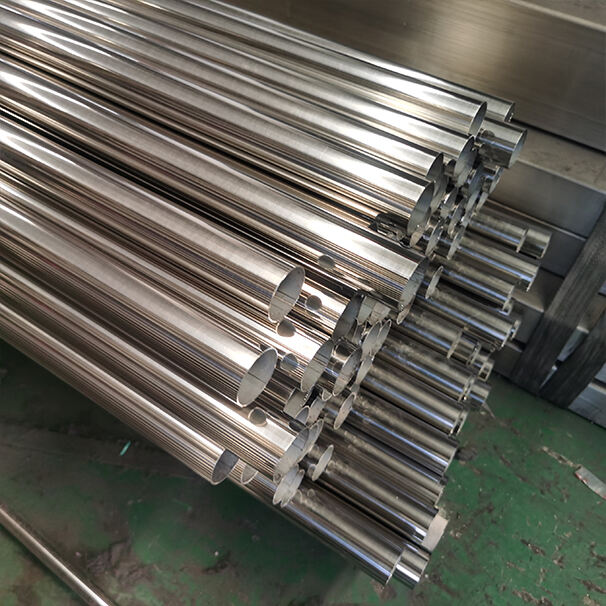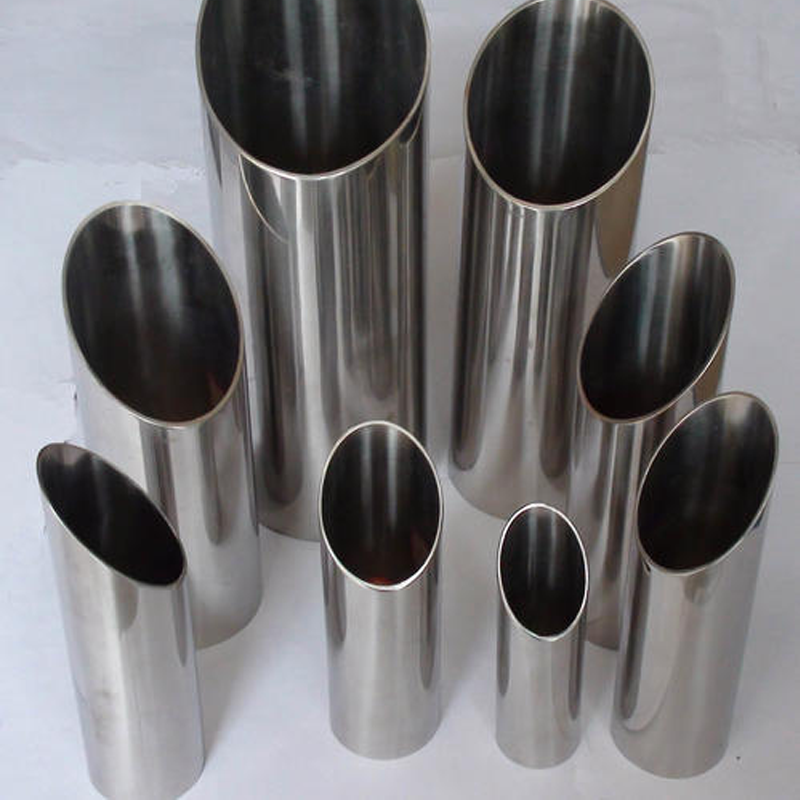Understanding the Versatility of Stainless Steel Tubing in Modern Engineering
In the evolving landscape of mechanical engineering and construction, steel tubes have emerged as indispensable components that combine strength, durability, and versatility. These cylindrical marvels of engineering serve as the backbone for countless structures and systems, providing essential support and functionality across diverse applications. From towering skyscrapers to intricate manufacturing equipment, the implementation of steel tubes has revolutionized how we approach structural design and mechanical systems.
The remarkable properties of stainless steel, including its corrosion resistance, high tensile strength, and exceptional durability, make it an ideal material for tubular applications. As industries continue to advance and demand more sophisticated solutions, the role of steel tubes becomes increasingly significant in meeting these complex requirements.
Architectural and Structural Applications
Building Framework and Support Systems
In modern architecture, steel tubes form the essential framework of many structures. Their high strength-to-weight ratio makes them perfect for creating robust building skeletons while maintaining a relatively lightweight profile. Architects and engineers regularly incorporate steel tubes into their designs for columns, beams, and support structures, allowing for more creative and ambitious architectural projects.
The implementation of steel tubes in building frameworks has enabled the construction of taller, stronger, and more efficient structures. These components provide the necessary load-bearing capacity while offering flexibility in design that traditional materials cannot match. From commercial complexes to industrial facilities, the structural integrity provided by steel tubes is unparalleled.
Aesthetic and Decorative Elements
Beyond their structural capabilities, steel tubes contribute significantly to modern architectural aesthetics. Their clean lines and smooth surfaces make them ideal for visible architectural elements, handrails, and decorative features. Designers often utilize steel tubes to create striking visual elements while maintaining functional integrity.
The versatility of steel tubes in aesthetic applications extends to both interior and exterior design elements. Their ability to be bent, shaped, and finished in various ways allows architects to achieve their artistic vision while ensuring structural soundness.
Industrial Processing Systems
Fluid Transport Networks
In industrial settings, steel tubes play a crucial role in fluid transport systems. Their corrosion resistance and pressure-handling capabilities make them ideal for conveying liquids, gases, and other materials throughout processing facilities. From chemical plants to food processing operations, these robust components ensure safe and efficient material transfer.
The implementation of steel tubes in fluid transport systems requires careful consideration of factors such as pressure ratings, temperature resistance, and chemical compatibility. Modern industrial facilities rely heavily on precisely engineered tubing networks to maintain optimal production processes and ensure safety standards are met.
Heat Exchange Systems
Steel tubes are fundamental components in heat exchangers and cooling systems. Their excellent thermal conductivity and durability make them perfect for transferring heat efficiently in industrial processes. These applications often require specialized steel tube configurations to maximize heat transfer while minimizing energy losses.
The design of heat exchange systems utilizing steel tubes involves complex calculations to ensure optimal performance. Engineers must consider factors such as flow rates, temperature differentials, and material properties to create efficient and reliable systems.
Transportation and Automotive Applications
Vehicle Framework and Safety Systems
The automotive industry extensively uses steel tubes in vehicle chassis design and safety systems. Their high strength and ability to absorb impact make them crucial for creating robust vehicle frames and roll cages. Modern vehicles incorporate steel tubes in various components to enhance structural integrity while maintaining fuel efficiency through weight optimization.
Safety features such as crumple zones and reinforcement bars often utilize steel tubes to provide maximum protection while meeting stringent automotive safety standards. The strategic placement of these components helps manage collision forces and protect vehicle occupants.

Performance Enhancement Components
In performance vehicles and racing applications, steel tubes are essential for creating lightweight yet strong chassis components. Custom-designed tubular frameworks help improve vehicle handling and performance while maintaining safety standards. The aerospace industry similarly relies on specialized steel tubes for various structural and system applications.
Engineers continuously develop innovative ways to utilize steel tubes in transportation applications, focusing on improving strength-to-weight ratios and optimizing performance characteristics. This ongoing evolution drives advancements in both materials science and manufacturing techniques.
Frequently Asked Questions
How do steel tubes compare to solid steel bars in structural applications?
Steel tubes offer superior strength-to-weight ratios compared to solid steel bars, making them more efficient in many structural applications. They provide equivalent or better load-bearing capacity while using less material, resulting in cost savings and lighter overall structures. Additionally, tubes offer better torsional resistance and can be more versatile in design applications.
What are the main factors to consider when selecting steel tubes for specific applications?
Key considerations include load requirements, environmental conditions, corrosion resistance needs, temperature exposure, cost constraints, and installation methods. Engineers must also evaluate wall thickness, diameter specifications, surface finish requirements, and compliance with relevant industry standards or regulations.
How long can steel tubes be expected to last in various applications?
The lifespan of steel tubes varies significantly depending on the application and environmental conditions. With proper selection, installation, and maintenance, steel tubes can last several decades. In controlled indoor environments, they may last 50 years or more, while exposed outdoor applications might require periodic inspection and maintenance to ensure longevity.
What innovations are emerging in steel tube manufacturing and applications?
Recent innovations include advanced coating technologies for enhanced corrosion resistance, improved welding techniques for stronger joints, and the development of high-strength steel alloys for specialized applications. Additionally, computer-aided design and manufacturing processes are enabling more precise and efficient production of custom steel tube components.
Table of Contents
- Understanding the Versatility of Stainless Steel Tubing in Modern Engineering
- Architectural and Structural Applications
- Industrial Processing Systems
- Transportation and Automotive Applications
-
Frequently Asked Questions
- How do steel tubes compare to solid steel bars in structural applications?
- What are the main factors to consider when selecting steel tubes for specific applications?
- How long can steel tubes be expected to last in various applications?
- What innovations are emerging in steel tube manufacturing and applications?




